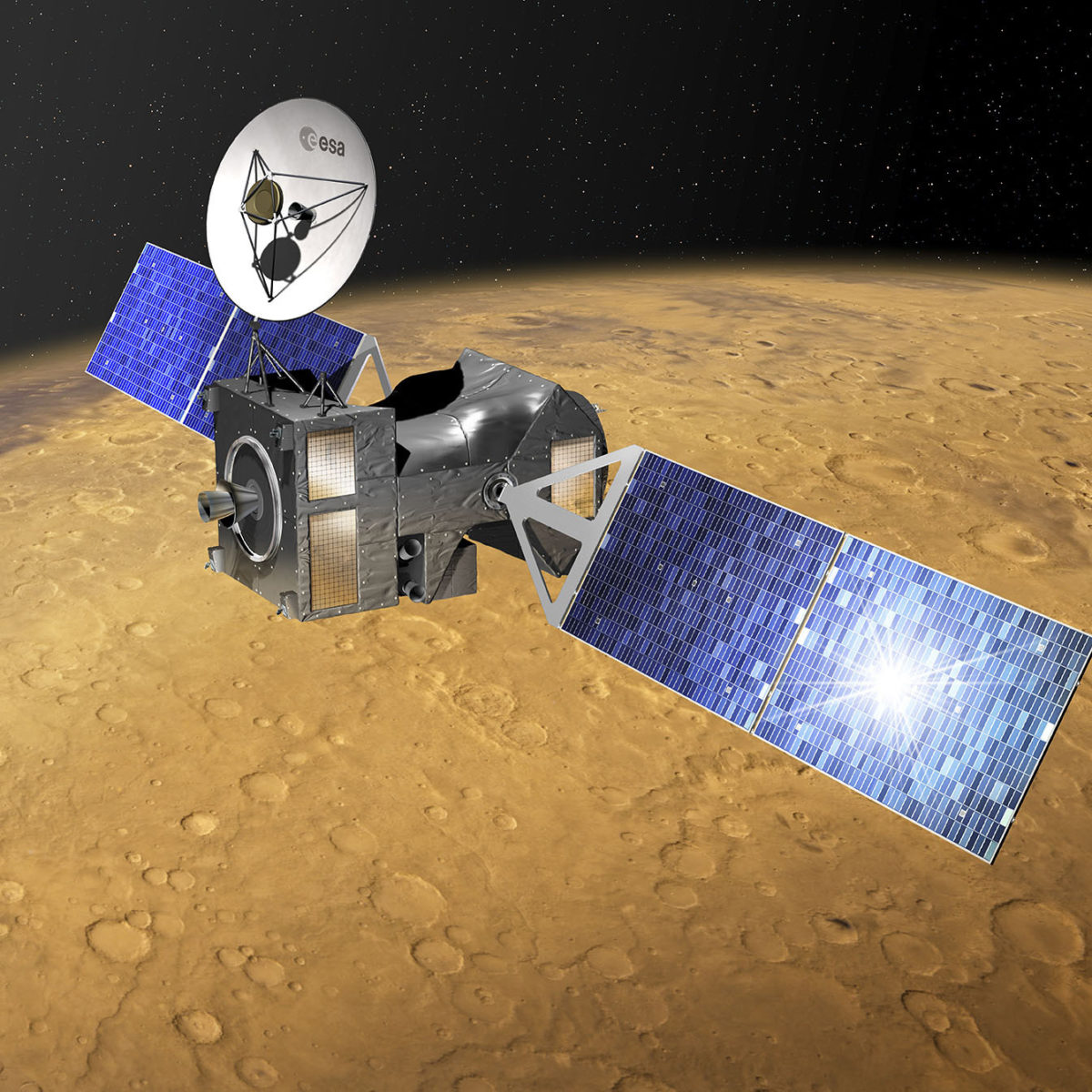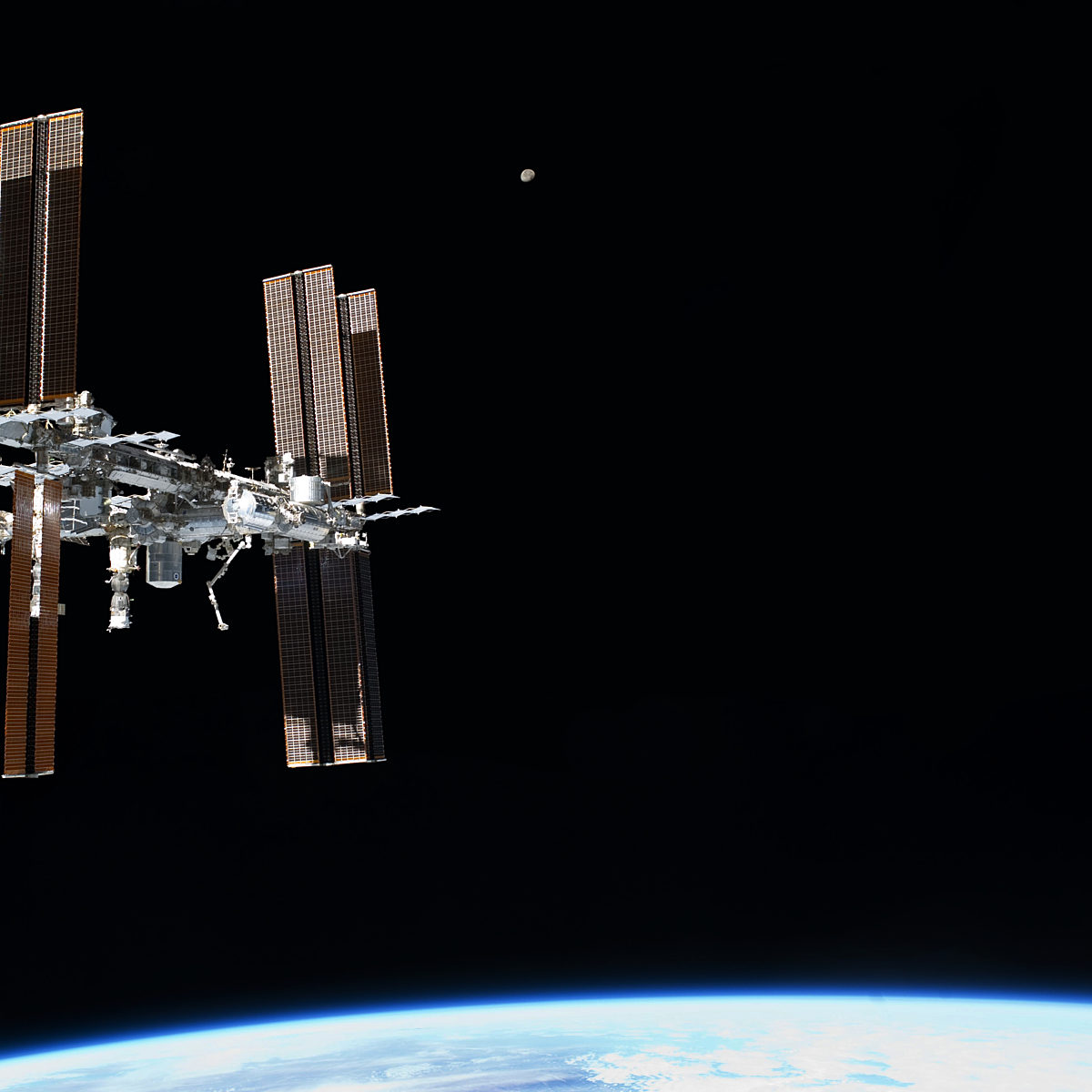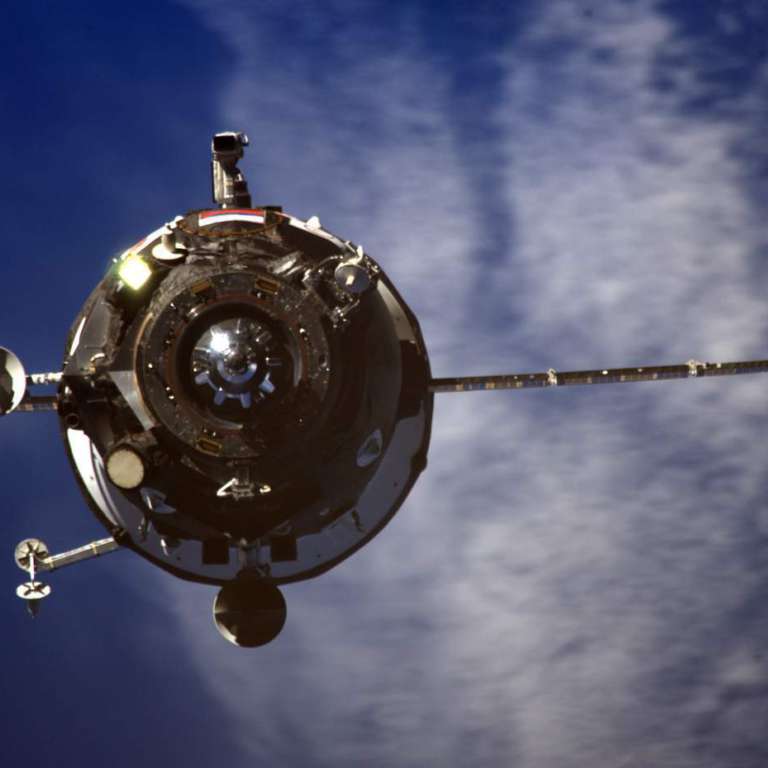The Roscosmos State Corporation for Space Activities
What does Roscosmos do?
Roscosmos develops and operates Russian space infrastructure. It conducts basic research and development, provides crewed and commercial launch services, operates fleets of satellites for communication and navigation, and maintains a robust human spaceflight program. Roscosmos is not strictly speaking a “space agency”, but a state corporation created from nationalizing much of what was once Russia’s private industry. Unlike organizations like NASA or the European Space Agency (ESA), Roscosmos also develops space projects for military applications.
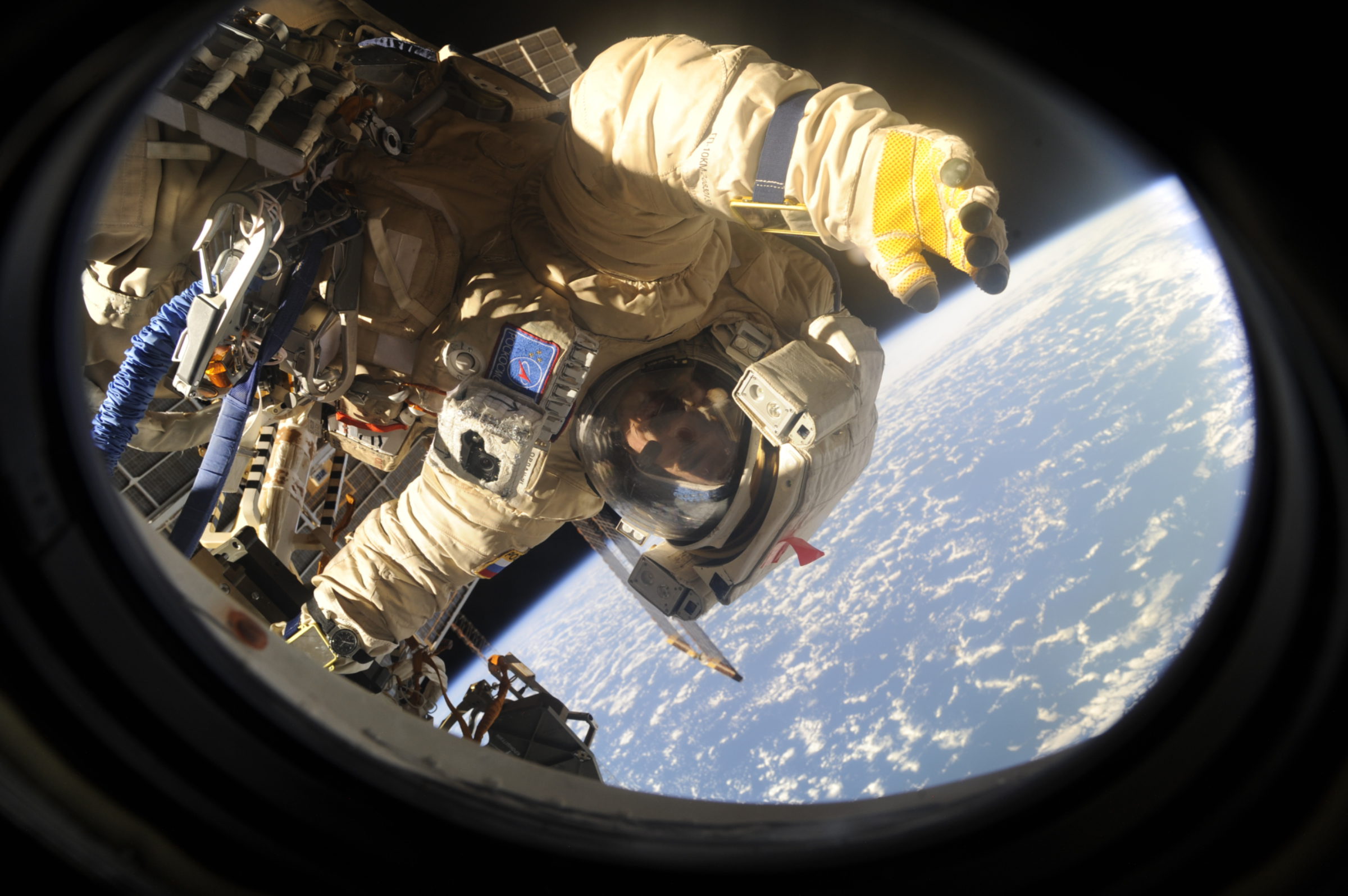
Human spaceflight is one of Roscosmos’ greatest priorities. Russia is currently one of the main contributors to the International Space Station (ISS) and often flies both crew and transport missions there. In the near future, Roscosmos plans to build its own orbiting space station using modules originally intended to be part of the ISS.
Roscosmos also launches space telescopes to study Earth and better understand the wider Universe. It has operated biological experiments in orbit and attempted various missions to explore the Moon, Mars, and the Martian moon Phobos.
In the coming decade, Roscosmos aims to orbit and land on both the Moon and Venus. It has signed an agreement to collaborate with the China National Space Administration (CNSA) on a future crewed lunar base, which might begin construction after 2028. It also plans to launch new biological experiments and space telescopes. However, outside experts have expressed serious reservations that Roscosmos has the resources and capabilities to achieve these goals in the timelines stated, particularly given what appears to be a recent pattern of decline for the organization.

What has Roscosmos accomplished?
Roscosmos has:
- Operated the space station Mir, hosting dozens of Russian cosmonauts as well as astronauts from around the world
- Helped build the International Space Station (ISS), contributing several modules
- Maintained unbroken access to space for humans since 1992
- Launched multiple space telescopes and Earth observation satellites
- Collaborated with ESA to put a probe in Mars orbit, the ExoMars Trace Gas Orbiter
- Attempted to return a sample from the Martian moon Phobos while carrying The Planetary Society’s LIFE experiment onboard*
- Launched a fleet of satellites for navigation and communications
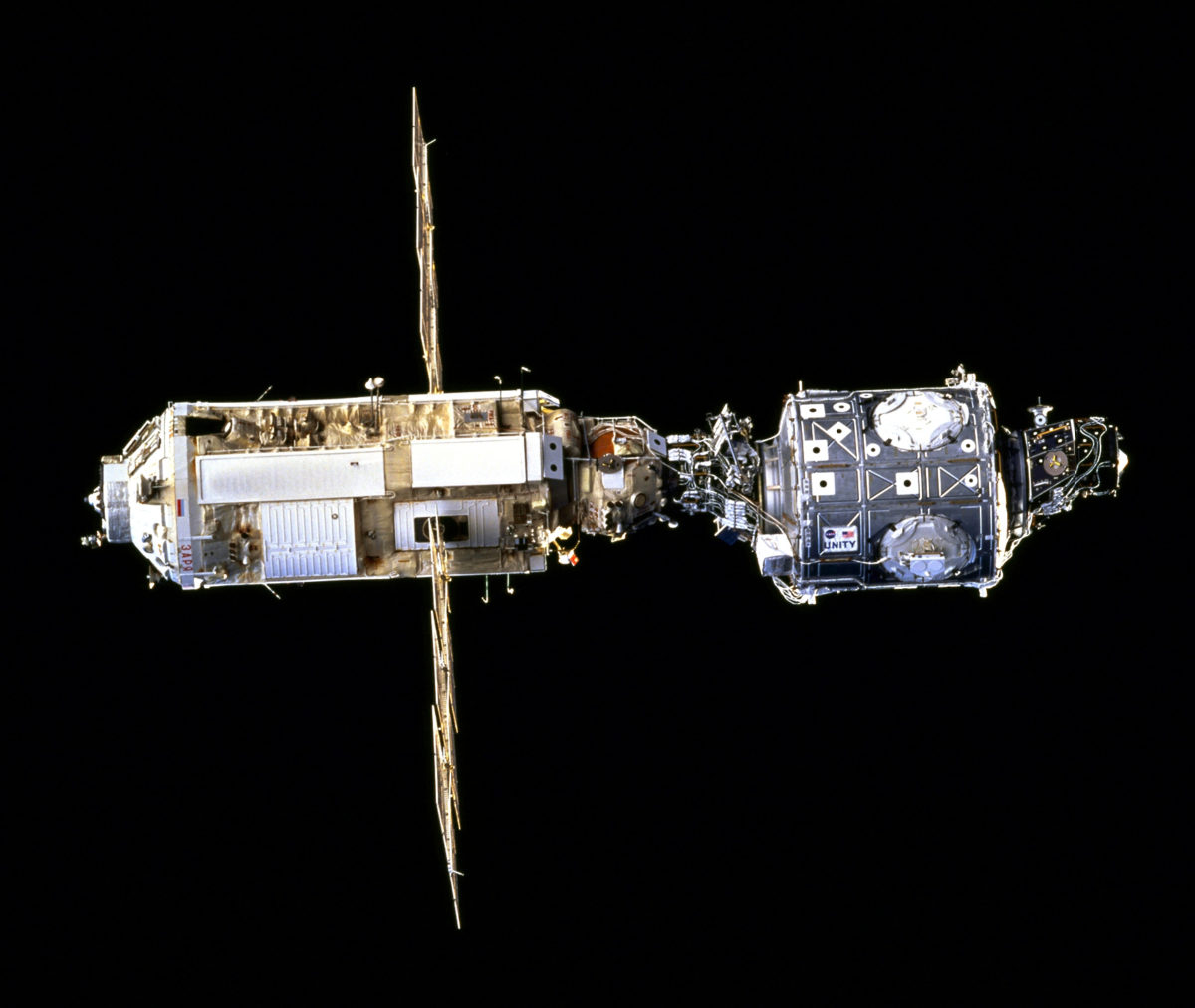
Since Roscosmos inherited a great deal from the Soviet space program, it’s also worth mentioning the Soviet Union’s accomplishments in space. The Soviet Union:
- Launched the first satellite, Sputnik 1
- Sent the first probes to Venus and Mars
- Launched the first person into space, Yuri Gagarin
- Built the first space station, Salyut 1, as well as several others
- Performed the first spacewalk (Voskhod 2) and the first robotic sample return (Luna 16)
- Accomplished the first soft landings on the Moon, Venus, and Mars (Luna 9, Venera 7, and Mars 3, respectively)
- Sent dozens of spacecraft to the Moon, including the first rover ever (Lunokhod 1)
*This mission was ultimately unsuccessful.
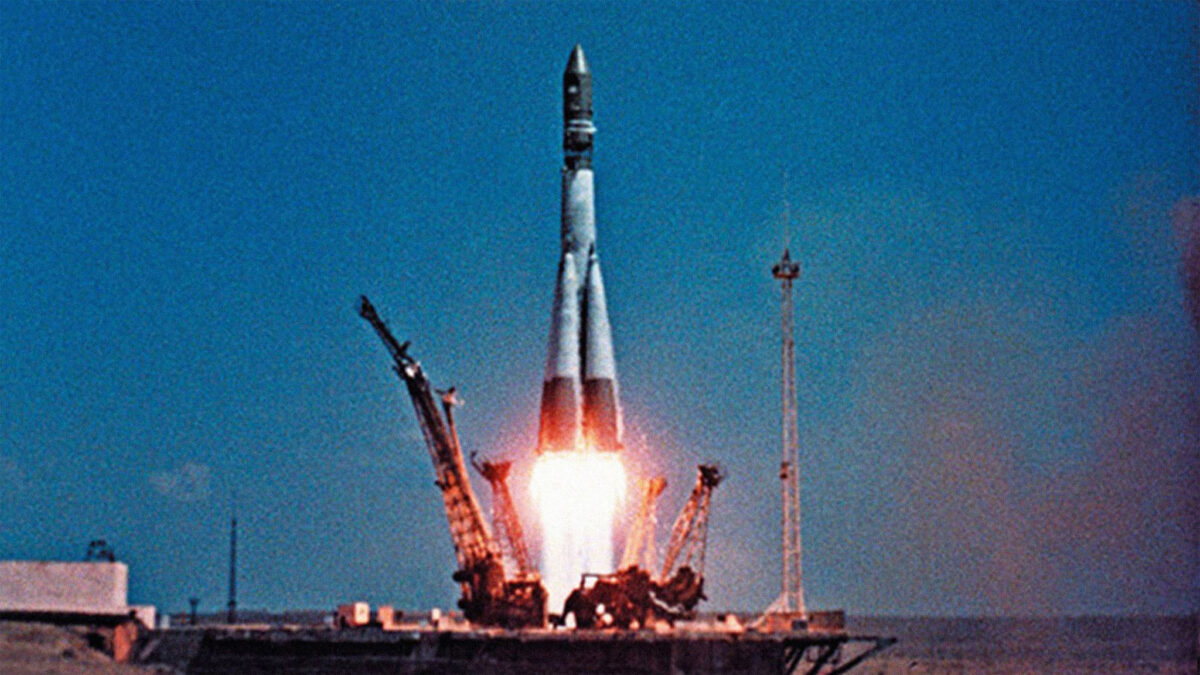
How does Roscosmos work?
Roscosmos is a federal executive body of the Russian government. It is funded through various overlapping federal programs and projects, some of which have military applications and some of which are purely civilian.
How big is Roscosmos? Roscosmos has over 150,000 employees. Its annual budget is about $1.5 billion, which is less than one-tenth that of NASA and roughly similar to the Japanese and Indian space agencies.
Roscosmos also helps pay for itself by selling commercial services to other countries and to private customers. For example, Roscosmos sold NASA and private space tourists crewed flights to the ISS for years. In general, Roscosmos’ budget, like that of all Russian state activities, is approved by the Russian parliament every three years and then signed into law by the president.
The headquarters of Roscosmos is in Moscow. Roscosmos also has many centers elsewhere, including the Baikonur Cosmodrome in Kazakhstan.
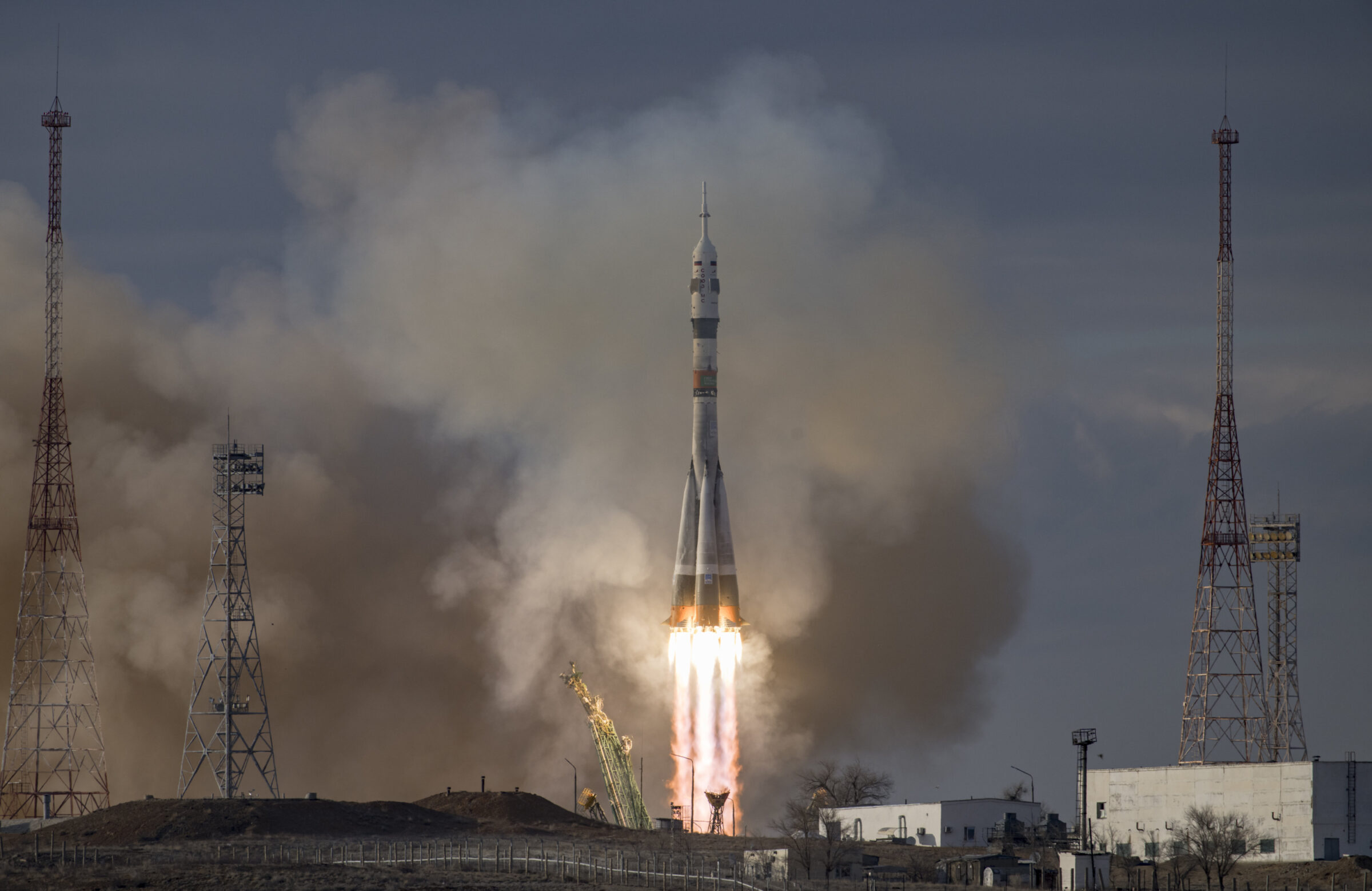
How did Roscosmos get started?
Following the dissolution of the Soviet Union and the creation of the Russian Federation, Roscosmos was originally established as the Russian Space Agency on Feb. 25, 1992, by decree of President Boris Yeltsin.
Roscosmos can:
- Build and operate its own satellites
- Build its own launch vehicles
- Build human-rated spacecraft
- Provide commercial launch services
- Launch humans into space
- Perform space science missions
The agency inherited the legacy, and some of the infrastructure, of the Soviet space program that came before it. But while the Soviet Union designed missions and spacecraft through competing bureaus and had no central structure, the new Russian program was designed around a single, more unified space agency. Some aspects of the Soviet space program were translated into Roscosmos more directly than others.
Roscosmos was restructured twice around the turn of the millennium. Soon after, the Russian government created the United Rocket and Space Corporation (URSC) to gather its domestic space industry under a single public company, effectively nationalizing Russian space efforts. In 2015, the state agency was dissolved, and the name “Roscosmos” was transferred to the URSC.
The ExoMars Trace Gas Orbiter, a collaboration between the European Space Agency and the Russian space agency Roscosmos, launched in March 2016 and arrived at Mars later that year.
The ISS is a versatile science lab, a testing ground for space technology, and a symbol of international cooperation.
This morning's launch of an uncrewed Russian Progress cargo spacecraft to the International Space Station went awry. Following a third-stage failure, the vehicle reentered Earth's atmosphere and broke apart over southern Siberia in Russia.


 Explore Worlds
Explore Worlds Find Life
Find Life Defend Earth
Defend Earth


